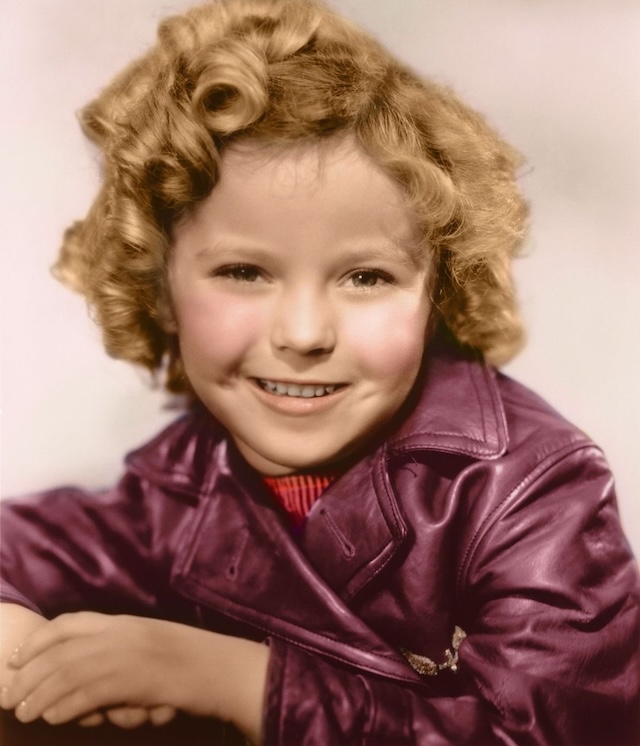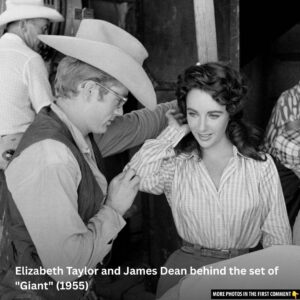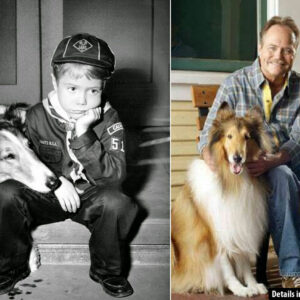Shirley Temple, a name synonymous with the golden age of Hollywood, remains an enduring icon of American cinema. Born on April 23, 1928, in Santa Monica, California, she rose to stardom at a young age, captivating audiences across the globe with her charm, charisma, and extraordinary talent. Throughout her illustrious career, Temple became one of the most beloved child stars of all time, and her impact extended far beyond the silver screen. Her life, full of achievements both in the entertainment industry and in public service, is a testament to her versatility, grace, and unwavering dedication to making a positive impact on the world.
Early Life and Discovery
Shirley Temple was born into a loving family, with her parents, George and Gertrude Temple, recognizing her talent early on. At just three years old, she was enrolled in dance classes, where her potential was quickly noticed. In 1932, Temple made her first on-screen appearance in the short film War Babies, which marked the beginning of her legendary career.
Her breakout came in 1934 when she starred in Stand Up and Cheer! and Little Miss Marker. It was these roles that established her as “America’s Little Sweetheart” and launched her into the public eye. Her unique blend of singing, dancing, and acting made her a star, and her signature curls and dimples became instantly recognizable across the nation.
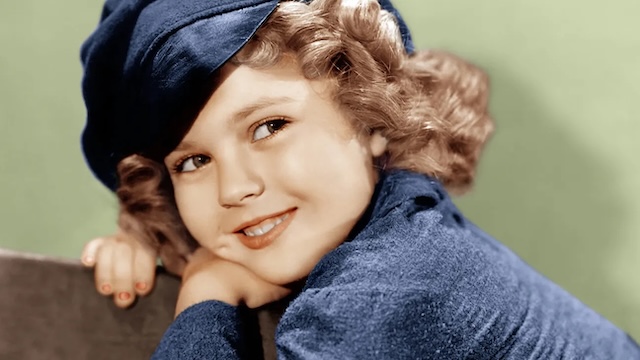
Shirley Temple: Hollywood’s Darling During the Great Depression
As the Great Depression gripped the country, Shirley Temple provided much-needed hope and escapism for audiences everywhere. Her bright, optimistic performances resonated deeply with people struggling through difficult times. With her infectious smile, talent, and boundless energy, Temple became a symbol of hope, embodying the spirit of resilience.
During the 1930s, Temple starred in a series of unforgettable films, including Bright Eyes (1934), Curly Top (1935), The Little Colonel (1935), Heidi (1937), and The Little Princess (1939). These films not only showcased her incredible talent but also cemented her place as one of the biggest box office draws of the era.
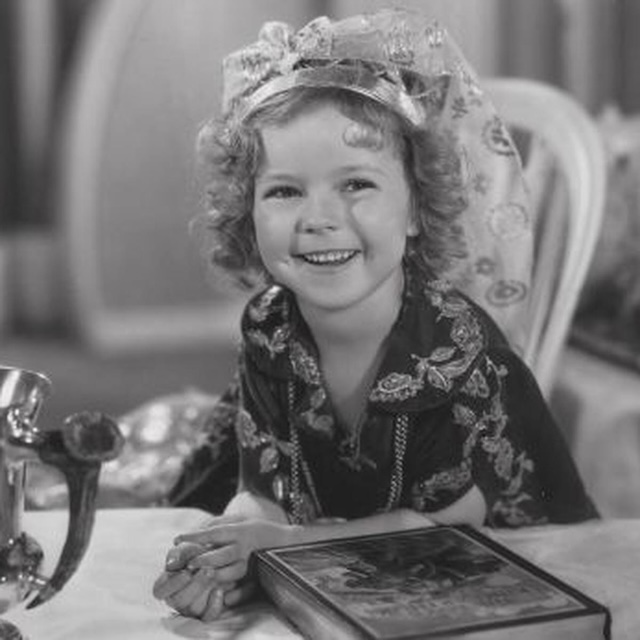
Transitioning to Adulthood
As Shirley Temple grew older, she faced the challenge that many child stars encounter: transitioning from child roles to more mature ones. By the age of 22, she had decided to retire from acting, having achieved remarkable success throughout her childhood. While her popularity in Hollywood may have waned, Temple continued to leave her mark on the world in other meaningful ways.
A New Chapter: Shirley Temple’s Public Service
After leaving the entertainment industry, Temple embarked on a new chapter of her life, one that would focus on public service and diplomacy. Her passion for making a difference led her to become involved in politics, where she worked to promote important issues on a global scale.
In the late 1960s, Temple was appointed as a delegate to the United Nations General Assembly, where she advocated for human rights and other pressing global issues. This experience set the stage for her diplomatic career, and in 1974, she was appointed as the United States Ambassador to Ghana by President Gerald Ford. Her diplomatic work earned her admiration, and she further demonstrated her commitment to public service when she became the Chief of Protocol under President George H.W. Bush from 1989 to 1992.
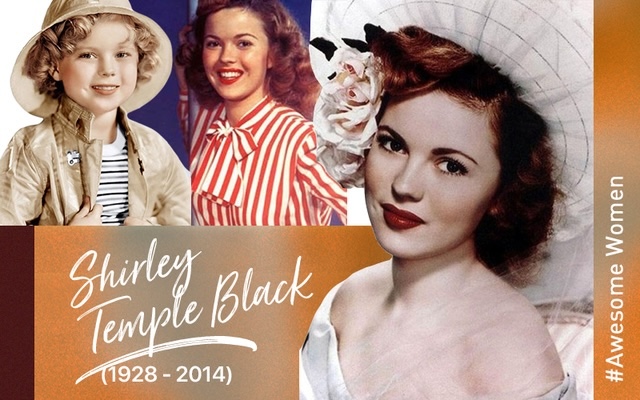
Shirley Temple’s Legacy
Shirley Temple’s legacy transcends her time as a child star. Her contributions to American cinema and popular culture are still celebrated today, as her films continue to bring joy to audiences of all ages. Additionally, her dedication to public service and diplomacy highlighted her ability to evolve beyond the entertainment industry and use her influence for the greater good.
Temple remains an inspiration for generations to come, both as a remarkable performer and as a compassionate leader who dedicated her life to making the world a better place. Her life story serves as a reminder of the enduring power of talent, optimism, and the drive to leave a positive impact on the world.

Conclusion
Shirley Temple’s journey from Hollywood’s darling to a respected diplomat is a remarkable one. She captured the hearts of millions as a child and continued to inspire people with her later work in diplomacy and public service. Shirley Temple will always be remembered as America’s sweetheart, whose legacy lives on in the memories of the countless people she touched with her talent and kindness.
